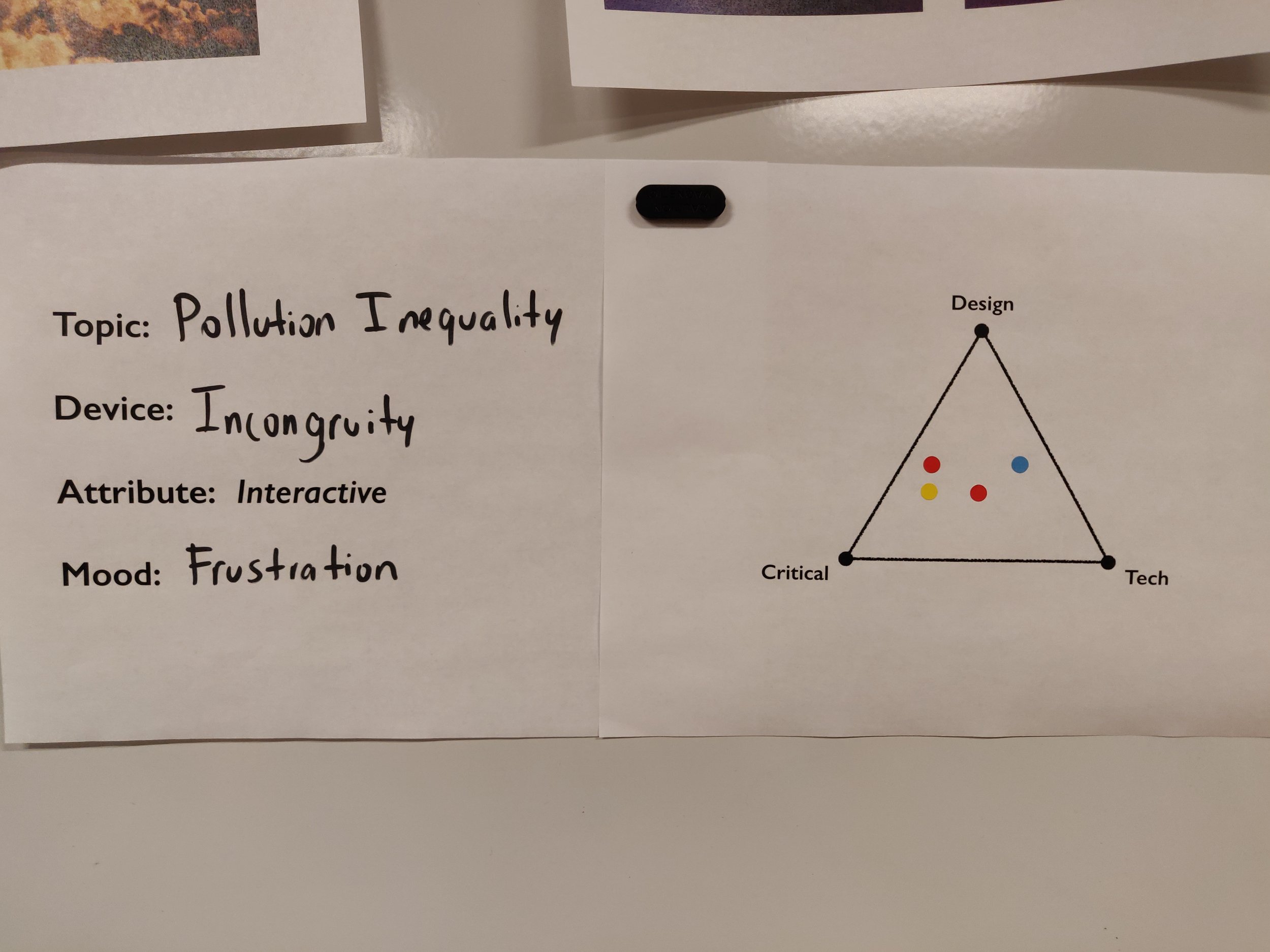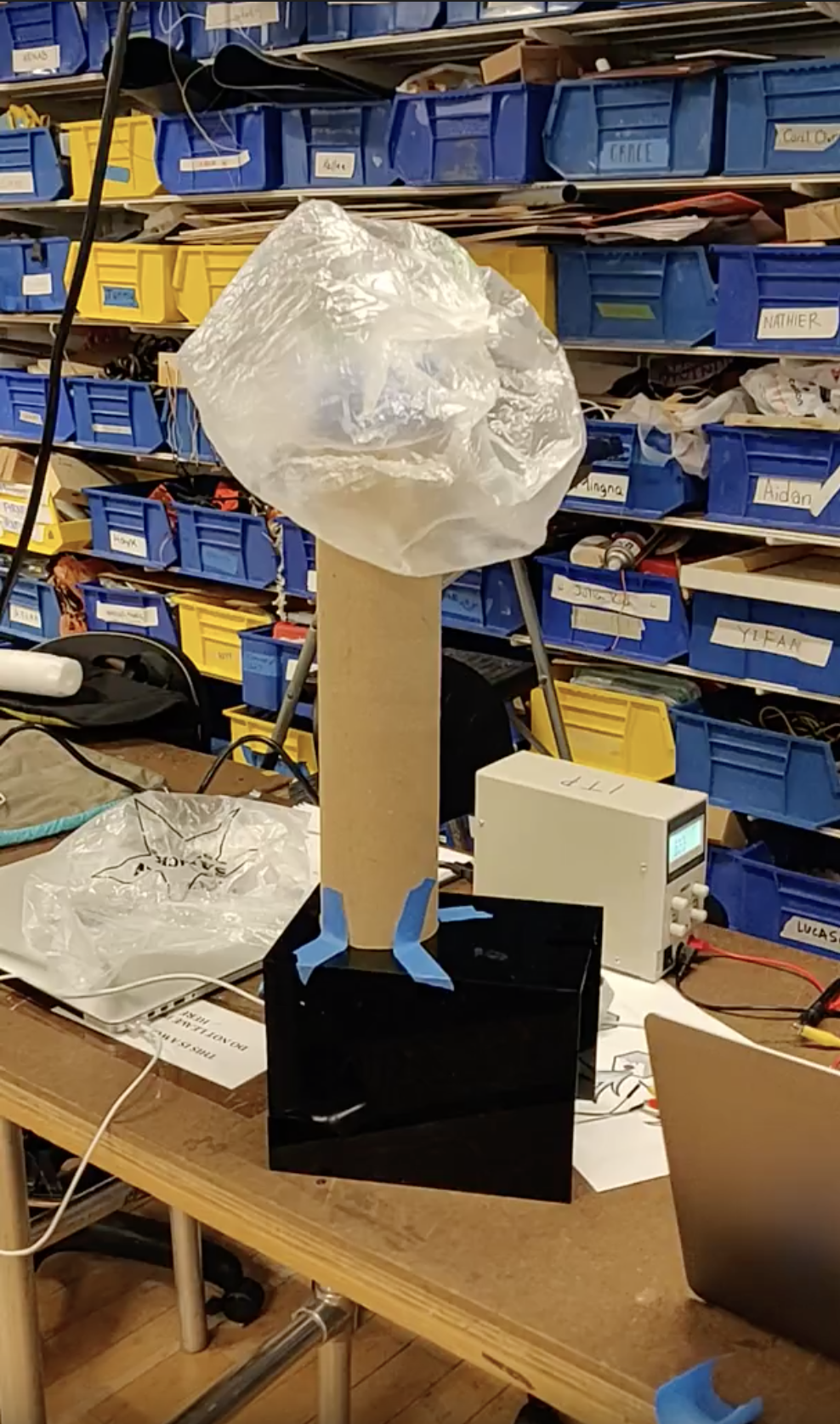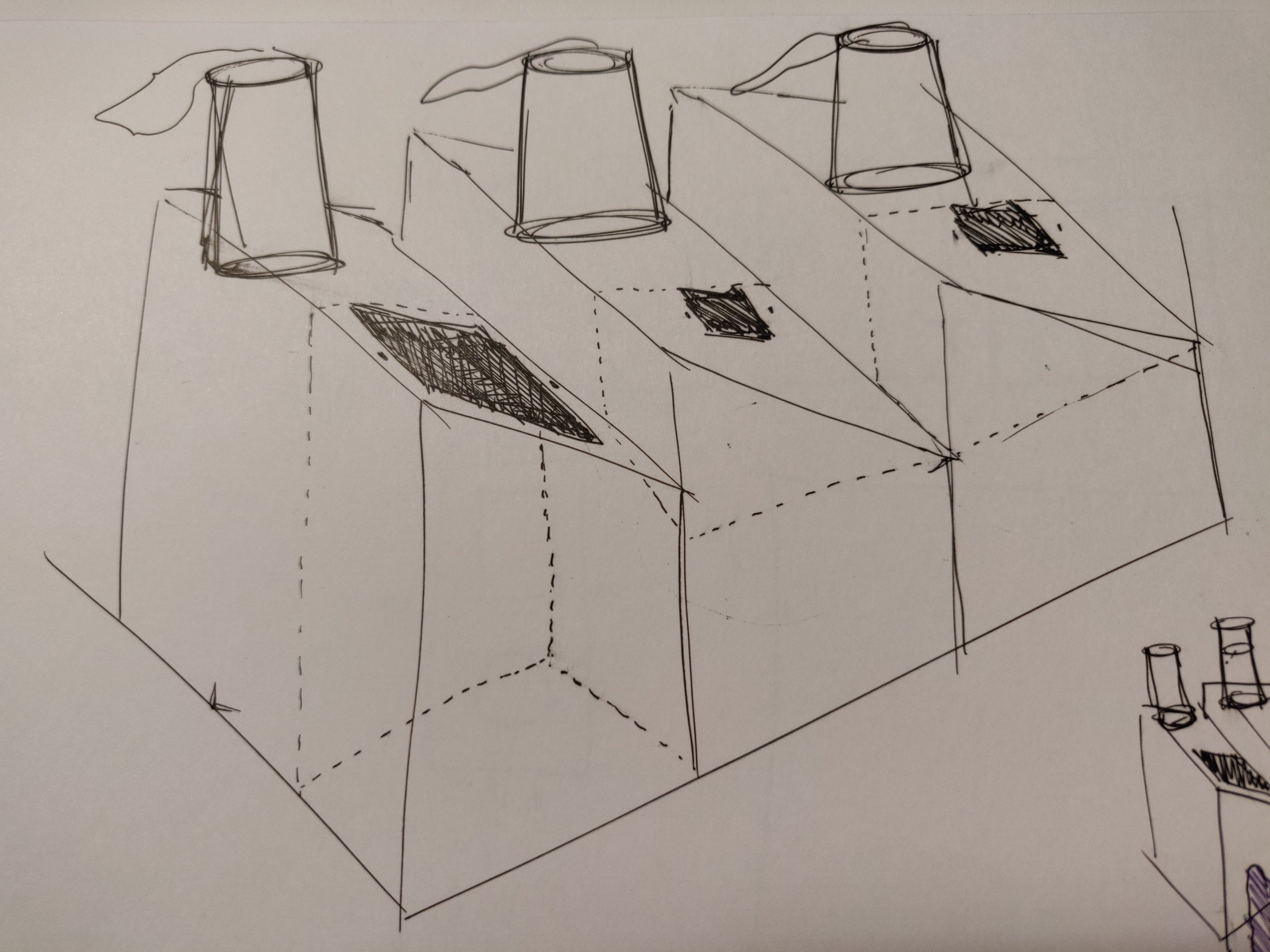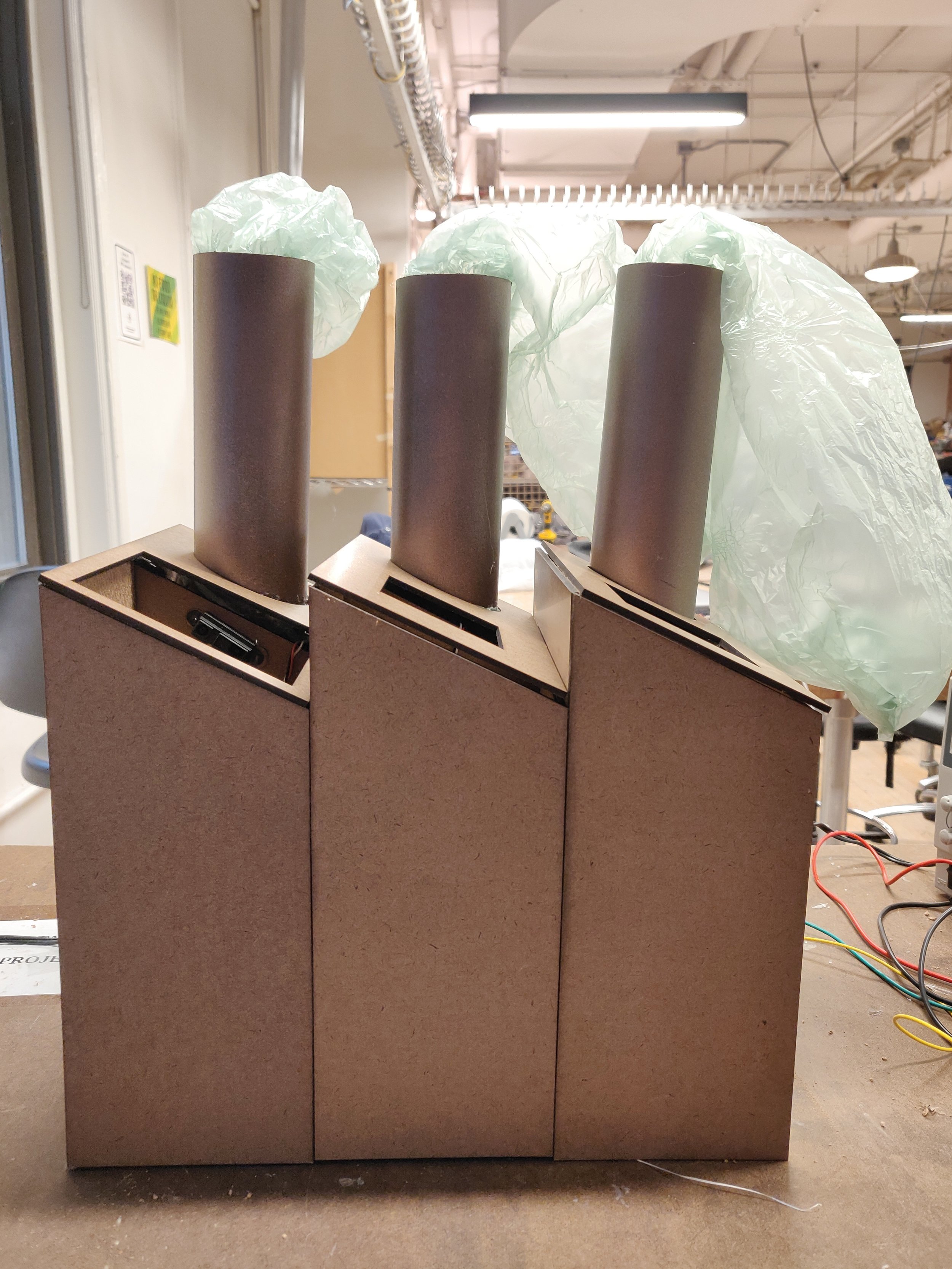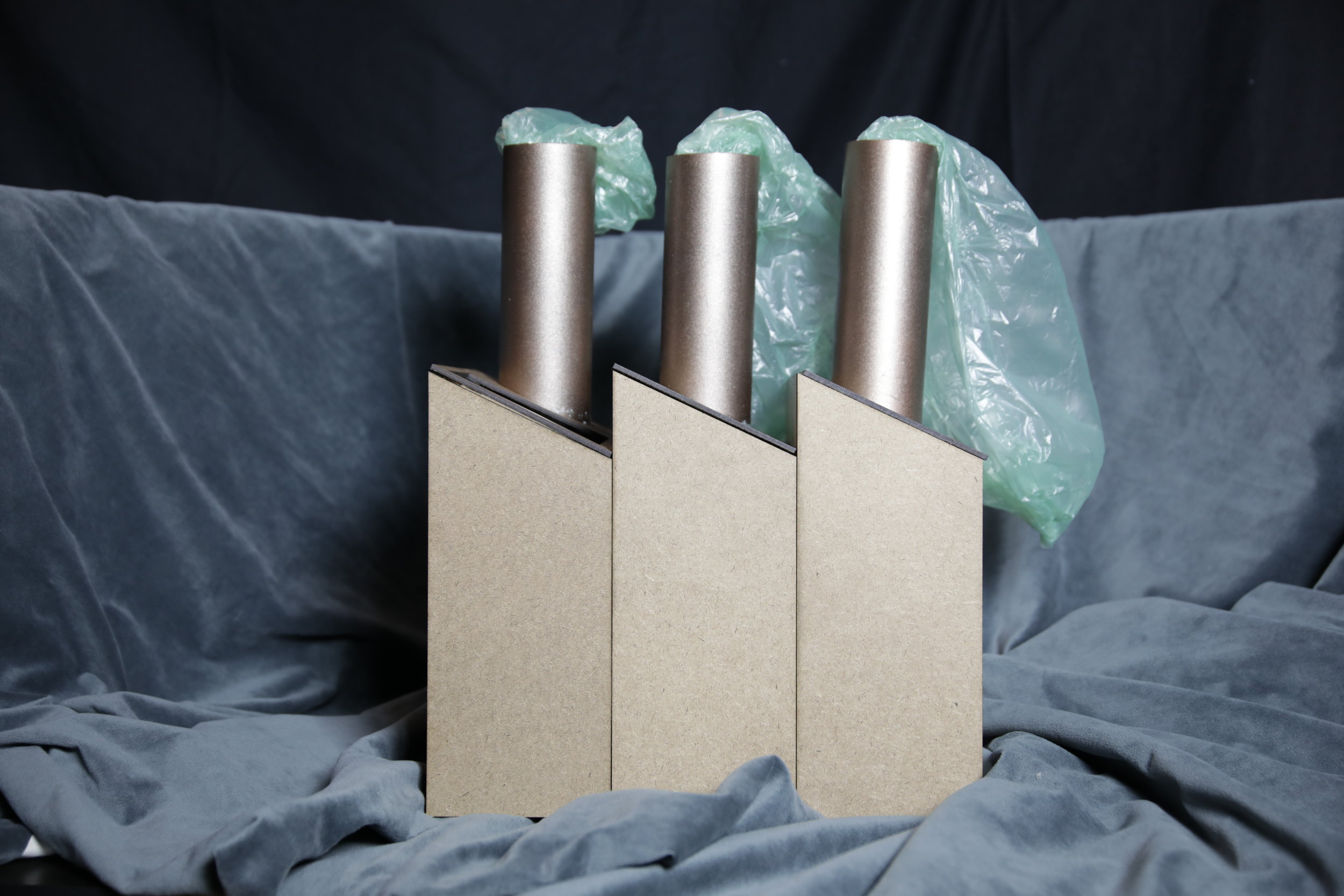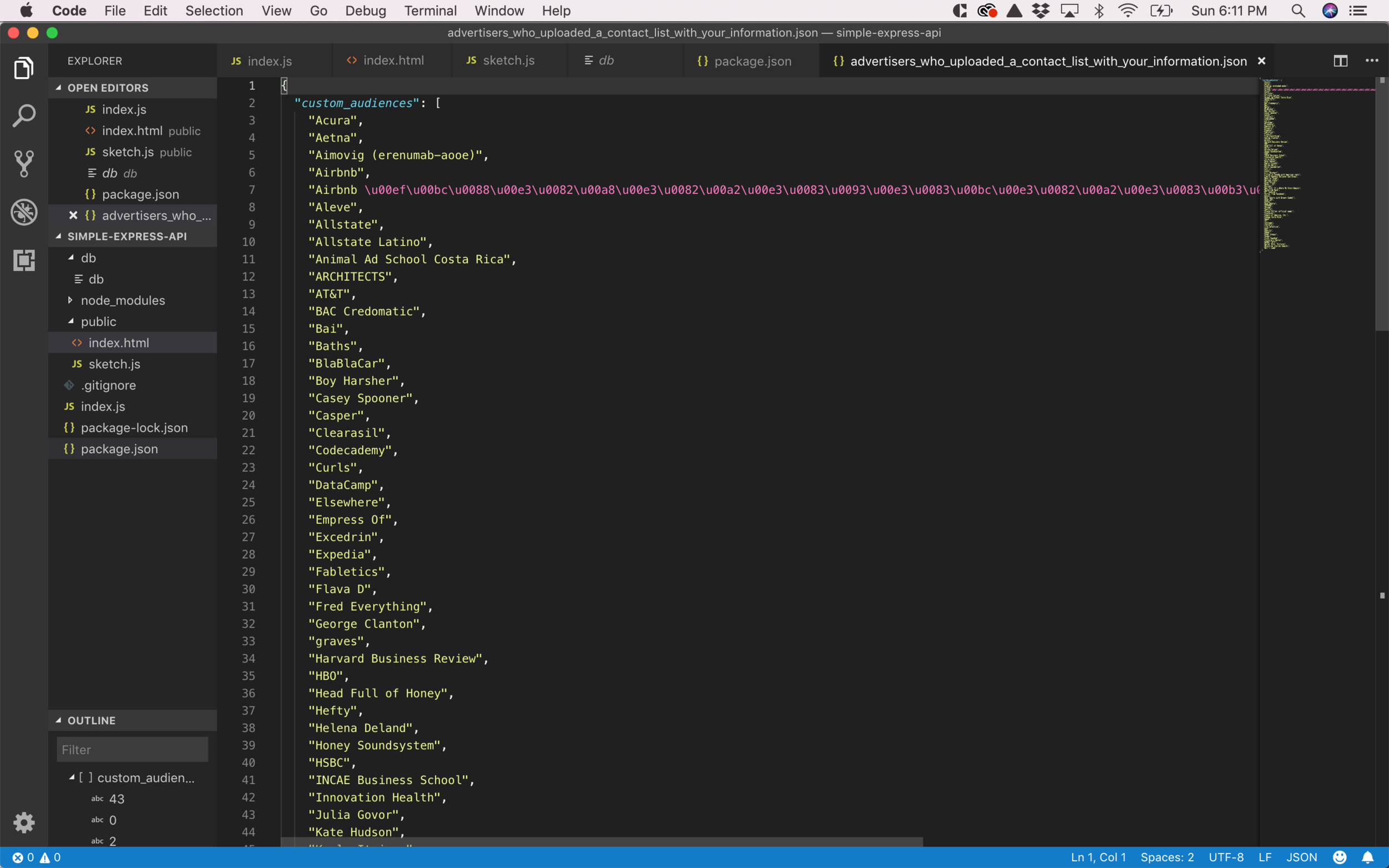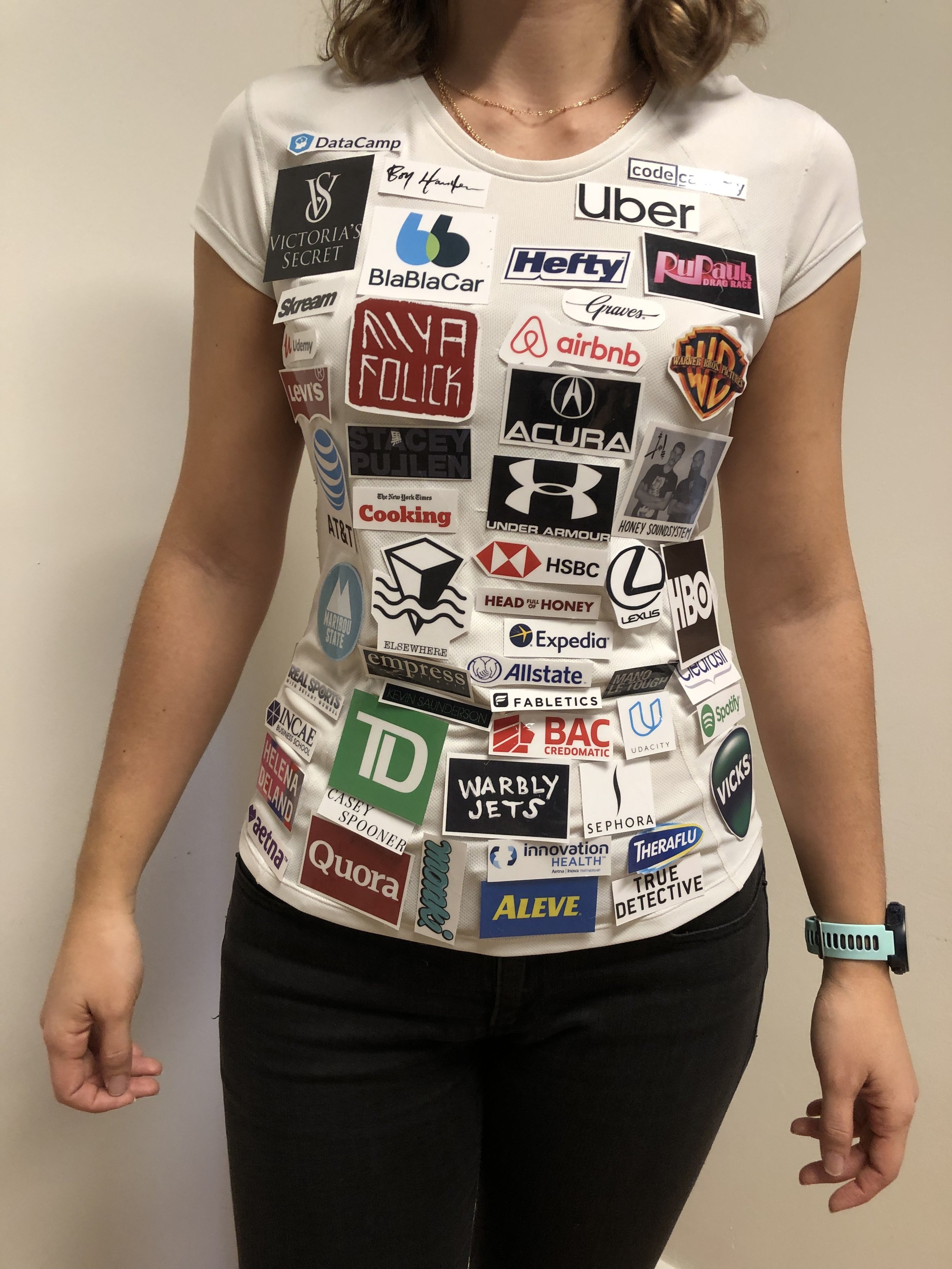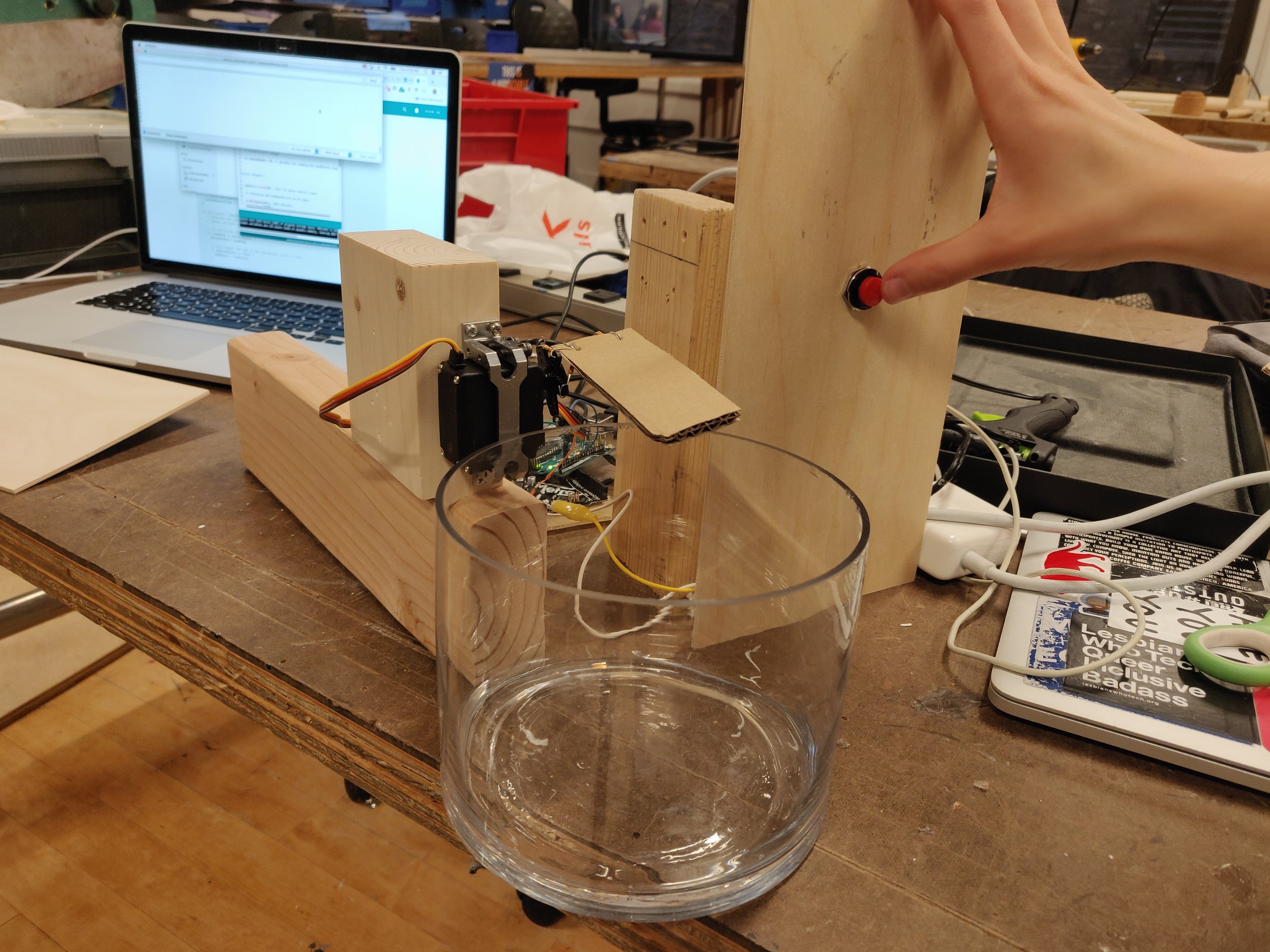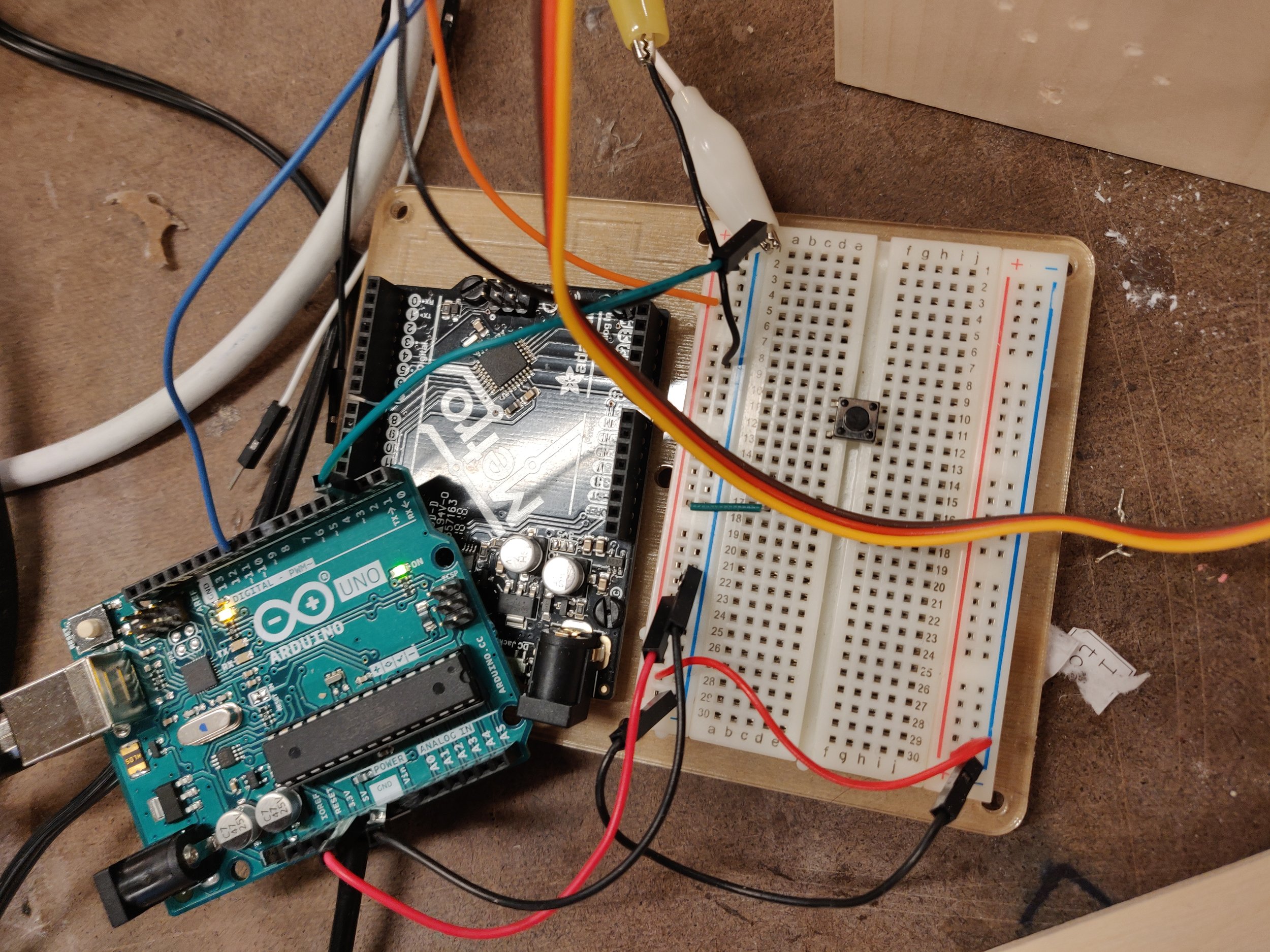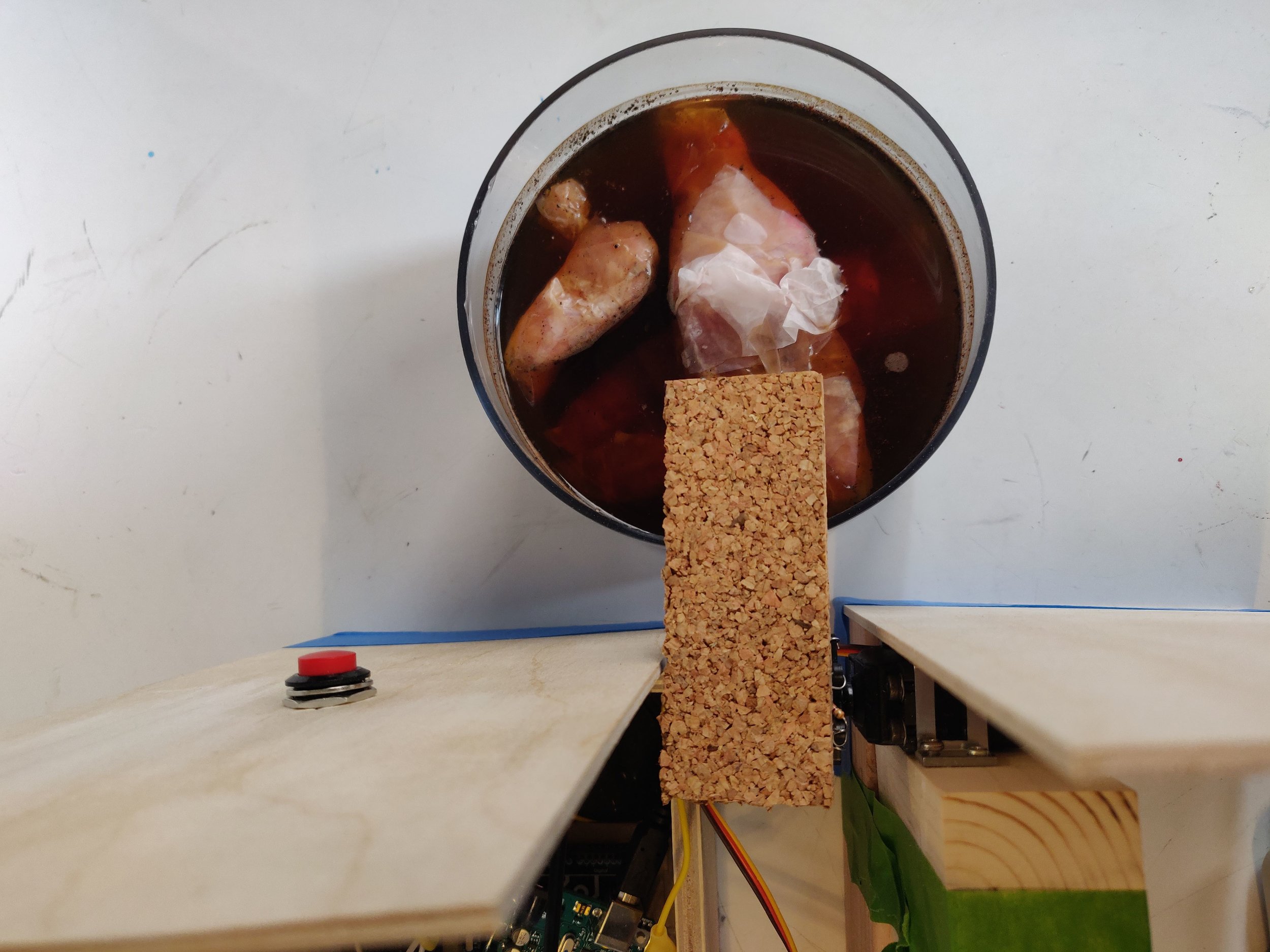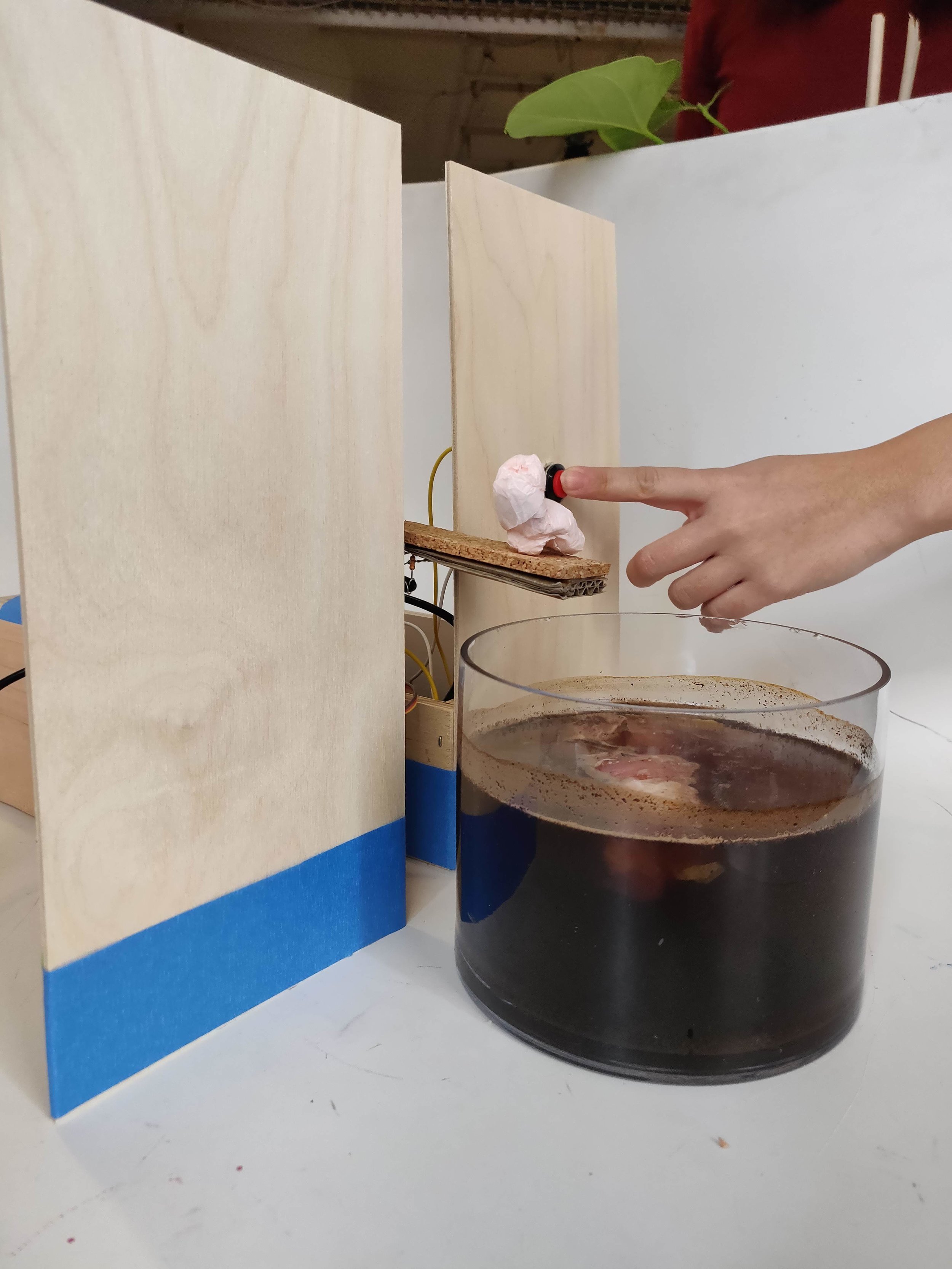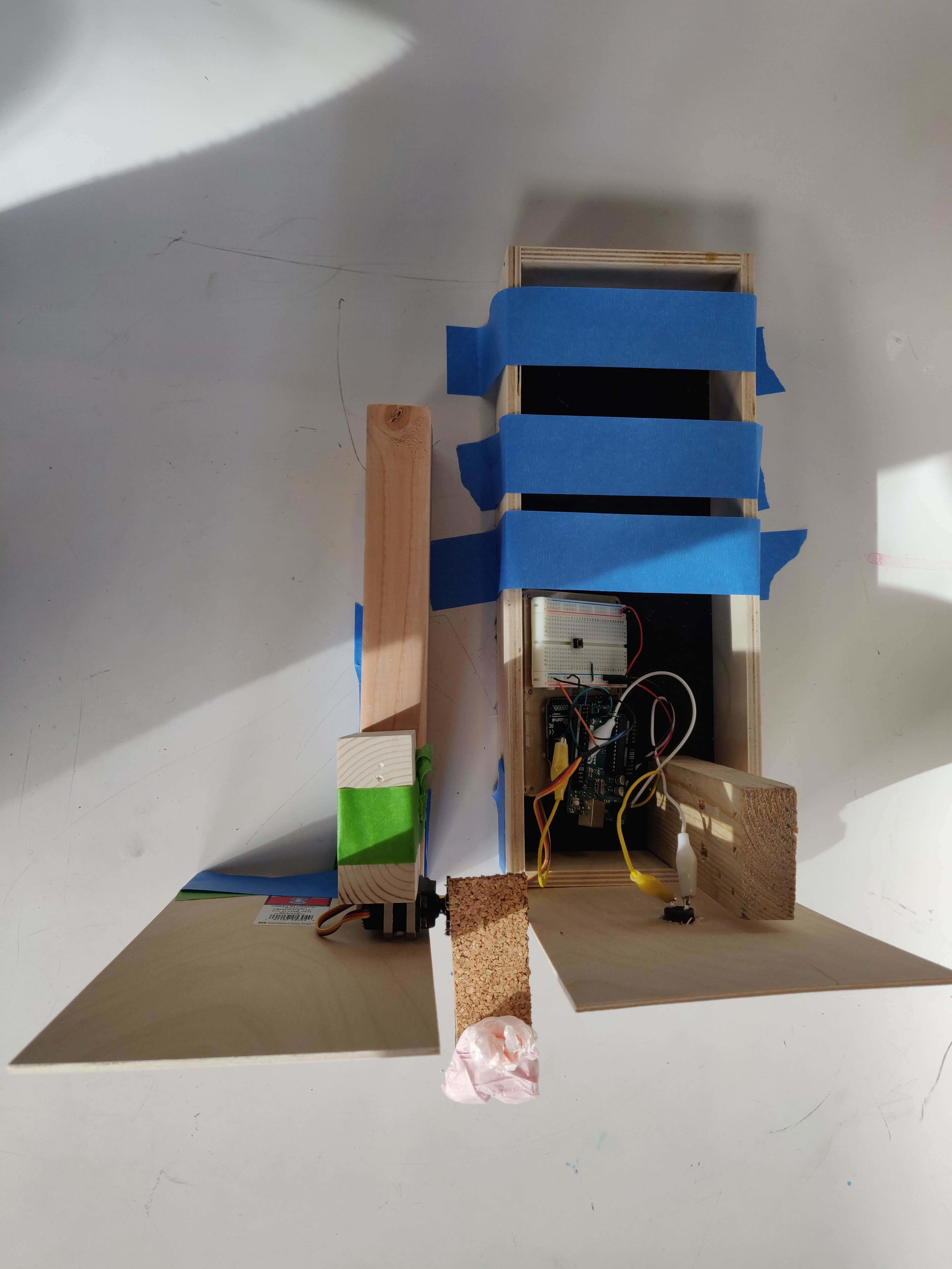After I presented my project YUZPE: Emergency Contraception for Costa Rica, three days after I read the amazing news that finally, after some time of discussion the government decided to allow the sanitary registration of “the day after pill” in Costa Rica.
I was really happy about it specially since I have beed working on my Critical Objects project related to that topic. I thought that this was the end of my criticism, however, a day after that news were release, the Catholic Church emitted an official position to the news.
Basically the Catholic Church is saying:
“ For the representatives of the Church, the pill is linked to abortion. In addition, they affirmed that they want to accompany these women and their children, show them the greatness of God's love, Lord of life and propose to all people of good will that the solution to the difficulties is not to eliminate the lives of the most defenseless, but to protect basic human rights, starting with the right to life and continuing with the rights to decent work, education, health and safety for women and their children.”
As I mentioned in my previous project, the problem comes from way back, there is no sexual education allowed in the country and children and adolescents don’t have enough resources when it comes to sex-ed which is leading to a big amount of adolescent birth rate. The lower income population is the one that suffer the most from the church and the society position to the issue therefore I would like to work on a Critical Object that speaks directly to this issue.
Topic: Lack of Sexual Education and access to health due to the intervention of the Church and the government in kids and teenager education (subject to change of focus as I do more research).
Group: Since I will continue working with a subject related to Costa Rica I decided to work alone.
Limitations: This is a project for a third world country, therefore there is no universal access to internet and also the population who are more affected by this policies and church intervention are the ones with less income, therefore low income will also be a limitation for my project.
Framework: I would like to stick to the regular design framework that I used for the YUZPE assignment: Research, Concept, Moodboard, Prototype, Testing and Implementation.


































